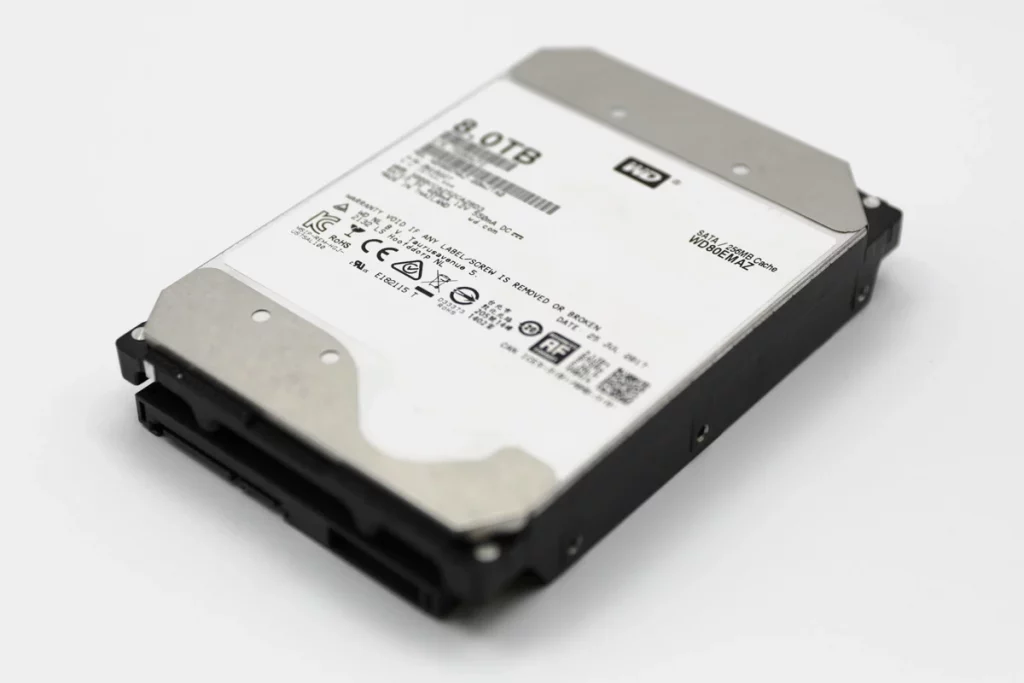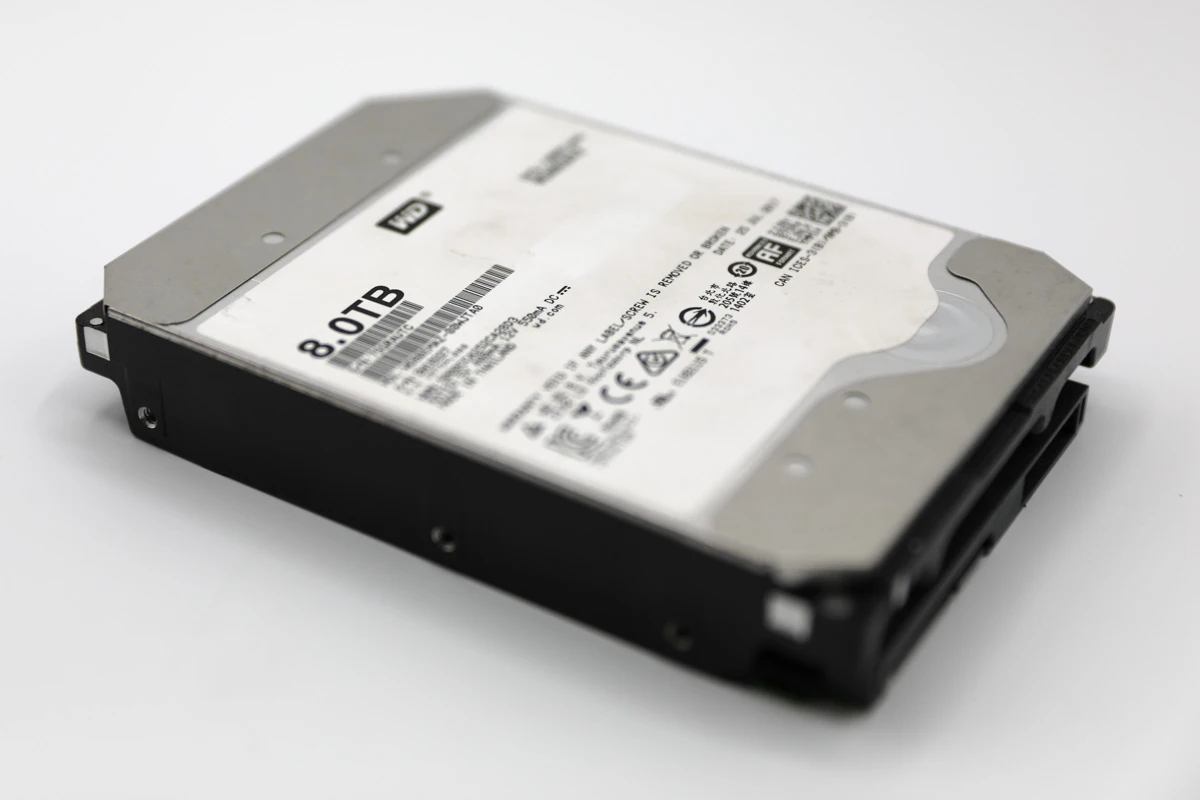Helium hard drives have become increasingly popular in recent years due to their higher capacity, improved reliability, and energy efficiency compared to traditional hard drives. However, with these benefits come new challenges for the data recovery industry. As a leading data recovery provider, PITS Global Data Recovery Services has observed a rising trend in data recovery requests for failed helium hard drives.
In this article, we will focus on the physically and mechanically failed helium hard disk drives and discuss our methods for addressing these issues, including the use of ISO-certified laminar boxes and our meticulous platter swap process.
Helium Hard Drives: A Brief Overview
Helium hard drives function similarly to traditional hard drives in terms of logical and physical failures. The primary distinction between the two lies in the use of helium gas. This gas increases power efficiency and provides a smoother flying environment for reading and writing sliders. This innovation has led to greater storage capacities and reliability, making helium hard drives an attractive choice for individuals and businesses alike.
Challenges in Helium Hard Drive Data Recovery
One of the main challenges in recovering data from helium hard drives is that manufacturers weld an aluminum cover to the hermetic block of the drive to secure the helium gas inside.
This prevents gas leakage and ensures the helium remains compressed within the hard drive. As a result, opening a helium hard drive for data recovery can be a delicate and complex process.

Moreover, helium hard drives often have seven or more thin platters, making them particularly sensitive to dust particles and other contaminants. A single speck of dust can cause significant data loss, as each point on the platter surface holds a large amount of information in megabytes. Consequently, maintaining a clean working environment is crucial when handling these drives.
PITS Global Data Recovery Services: Our Approach
At PITS Global Data Recovery Services, we have developed specialized methods and tools to conduct inspection, evaluation, and data recovery from helium hard drives. Our approach involves the following steps:
Cleanroom environment. We utilize ISO-certified laminar boxes to ensure a cleanroom environment while working with helium hard drives. This protects the delicate platters from contaminants that could lead to data loss.
Removing the welded cover. We use high-precision CNC machines to carefully remove the welded aluminum cover from the hard drive.
This process requires manual labor and 100% control to ensure that no further damage occurs to the hard drive during this stage.
Cleaning aluminum particles. After removing the welded cover, we employ a special method to clean any aluminum particles that may have been produced during the process. This helps prevent contamination when accessing the components inside the hard drive.
Platter swaps and donor drives. In cases where the motor is stuck due to a drop, we must transfer the platters to a donor hard drive and install a new magnetic head to recover the data. The process of platter swaps must be executed flawlessly, smoothly, and cleanly to avoid any data loss or damage to the components.
The introduction of helium hard drives has provided significant advantages in terms of storage capacity, reliability, and energy efficiency. However, these drives also present unique challenges to the data recovery industry. At PITS Global Data Recovery Services, we have developed the necessary techniques and tools to address these challenges. Due to the complexities involved, data recovery from helium hard drives can be more expensive than traditional hard drives, but our commitment to quality and precision ensures the best possible results for our clients.
